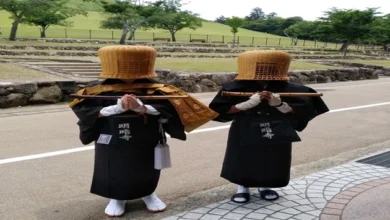Mimizuka: the dark secret kept by a strange Japanese monument with a cute name
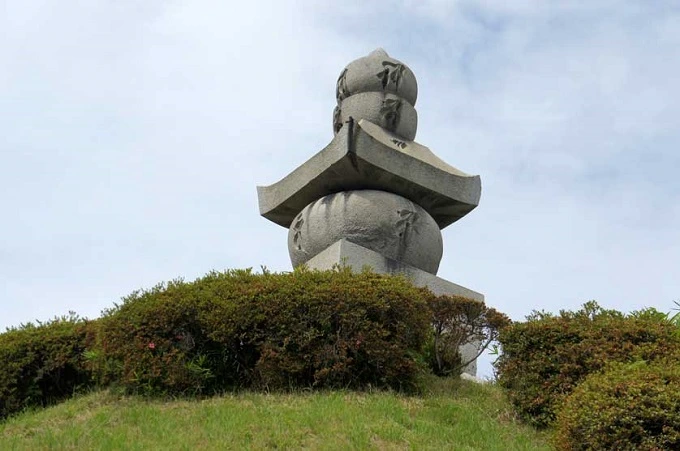
Even in the city of Kyoto, Japan’s capital, where the residents are known for their peace, finding a mound of grass cannot be easy. It is topped with a very peculiar monument that is made up of many different geometric figures. It has a form that is very similar to that of humans. When you look at it, you can’t help but get the impression that the sculptor was attempting to depict a human figure. It almost seems like the name of the monument is Mimizuka. The hill is keeping a sinister secret: it is guarding the gruesome spoils of an extremely bloody ancient war. This dreadful secret has been kept hidden for a long time.
At first, the name was Hanazuka
Mimizuka literally means “mound of ears.” At first, it was called Hanazuka, the mound of noses. Almost 40,000 human noses that belonged to Korean soldiers, local civilians, and Chinese Ming dynasty warriors were buried in the depths of the hill. The latter fought alongside Koreans against Japanese invasions of the Korean Peninsula between 1592 and 1598.
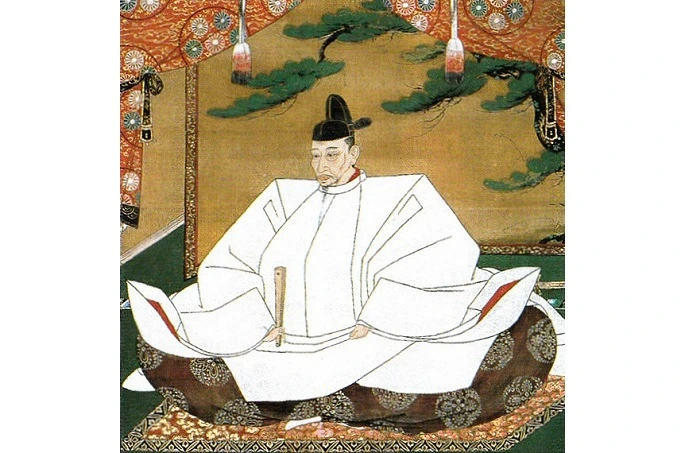
Under the leadership of Toyotomi Hideyoshi, the Japanese invaded Korea. This renowned and ruthless warlord was fixated on the idea of bringing all of East Asia under Japanese control at one point in his life. At that point in history, it was common practice in this region of the world to keep the severed heads of enemies who had been defeated as memorabilia. Because of the vast distances involved and the sheer number of people who were expected to participate, this practice was extremely impractical. Why bother carrying around a sack full of heads when you can just cut off their ears and nose instead?
Soldiers would cut the enemies’ noses and ears off after they were defeated. Afterwards, they were crowded into barrels and salted all over before being stored. They needed to display the trophies to validate their bravery and earn their reward. They were then shipped off to Japan after being expertly packaged. The more of these kinds of trophies that were taken, the more successful the military campaign was. After some time, these strange war souvenirs were thrown into the ground at Mimizuka. There have been between 35,000 and 38,000 victims, according to exact figures.
Cruel revenge
Not only did Hideyoshi have a layout on conquering Korea, but he also had his sights set on China. The commander insisted that the Koreans be granted permission to move freely through their territory. They were vassals of the Ming Dynasty in China at the time, so it was only natural for them to refuse. The Japanese commander launched an invasion of the Korean peninsula as soon as possible. In 1592, Hideyoshi led an expedition of 1,700 ships of different sizes. A massive army comprising 160,000 men was found on board the ships. The army established a foothold in Busan. The city of Seoul was captured very rapidly and with no difficulty. Soon after, Hanseong and Pyongyang fell victim to the same fate. The Japanese only needed to cross the Yalu River to enter Chinese territory.
The fleet commanded by Korean Admiral Yi Sun-sin appeared out of nowhere and blocked the path that the victorious Japanese army was travelling. He was successful in putting a stop to the invasion. The war lasted for close to six years. Only in 1598 did it come to an end. As a result of Hideyoshi’s death, the Japanese troops were forced to retreat. It had been four years before that when the ruthless warlord had ordered his soldiers to carry out the mass execution of everyone. There should be no difference in treatment between males and females, younger and older people, priests and laypeople, high-ranking soldiers and regular soldiers. Remove everyone’s heads and then ship them off to Japan. Written sources report 214,752 people. The vast majority were Korean civilians and military personnel.
A Murderer builds a temple
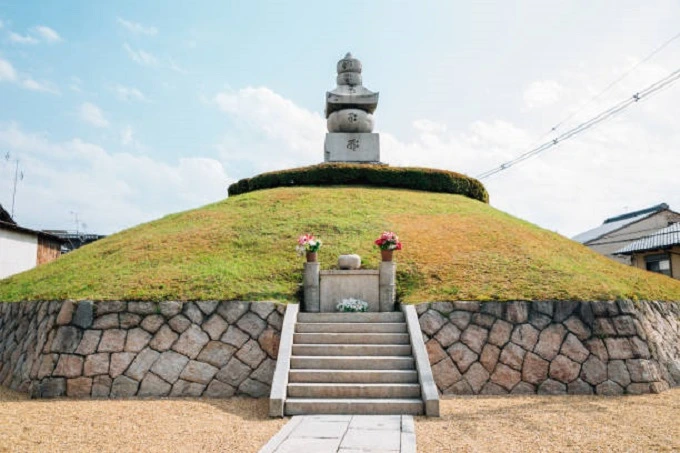
Toyotomi Hideyoshi constructed a temple on the grounds of Hokoji Temple just before the war’s conclusion. There, he laid to rest all the ashes his soldiers had brought in. Barrels were used to bury human heads, ears, and noses. The warlord issued an order to Buddhist monks, requesting that they pray for the peace of the souls of the thousands of Koreans who had been killed. On September 28, 1597, the temple, the tomb and monument were opened to the public. At first, we referred to it as Hanazuka (Nose mound). After a few decades, the mound’s original name was changed to Mimizuka because it was considered too obvious and in terrible taste (mound of ears). Today, the monument is commonly referred to by this name. This tomb is not even close to being the only one of its kind in Japan.
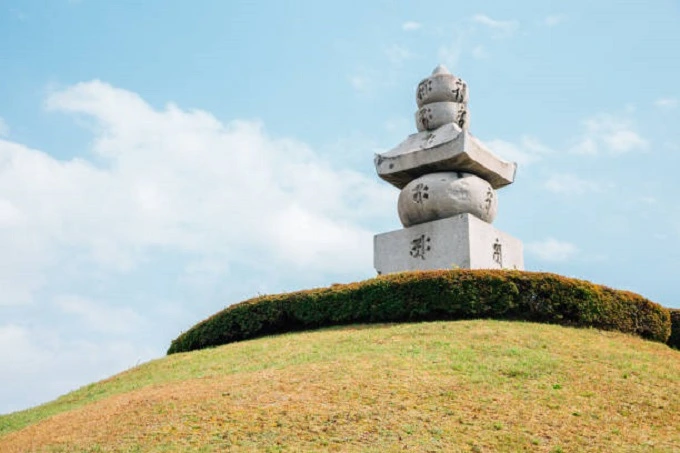
There is almost no interest in the monument among the Japanese population. Visitors only come from the Korean peninsula. Additionally, up until the latter half of the 20th century, Mimizuka was rarely mentioned in the history textbooks of Japan. During that time, efforts were made to excavate the mound and bring the skeletal remains back to Korea. Because it was a historical monument, the Japanese government did not give its approval to the work. Mimizuka can be found to the west of the Kyoto National Museum, which is somewhat puzzling. Shinto was the religion of Toyotomi Hideyoshi, and in his honor, a temple to the religion was built. In addition, his colossal monument can be found there. He is still held in high regard as the political figure responsible for unifying Japan.



